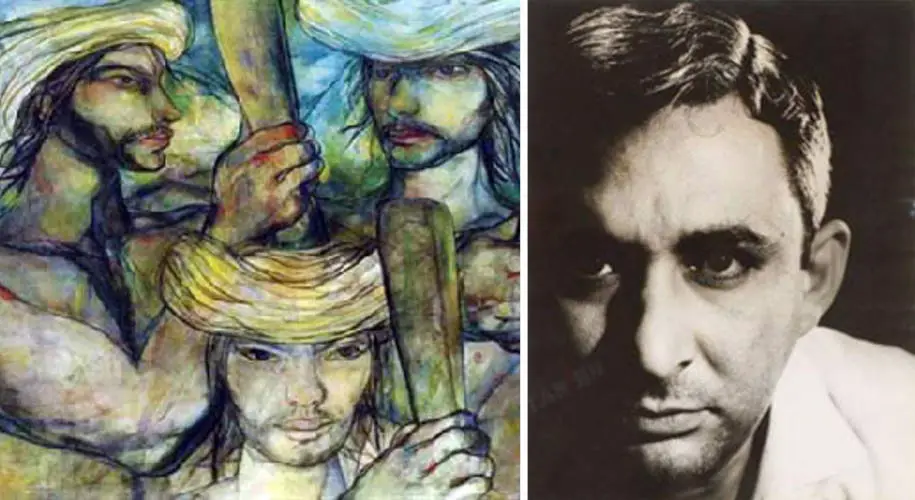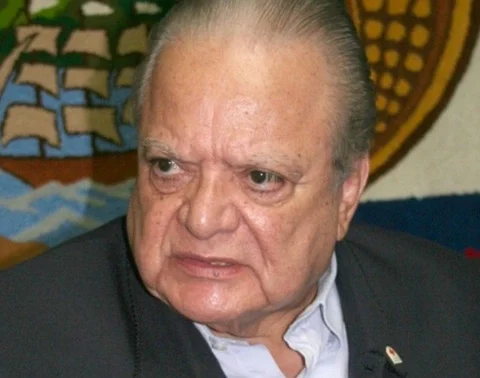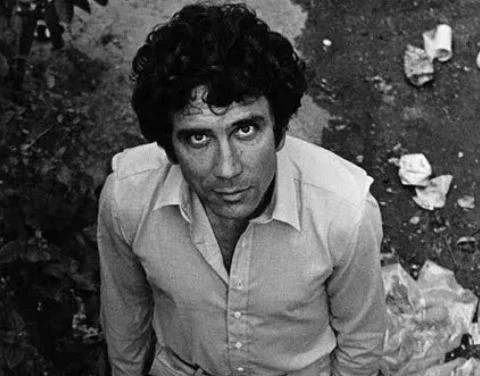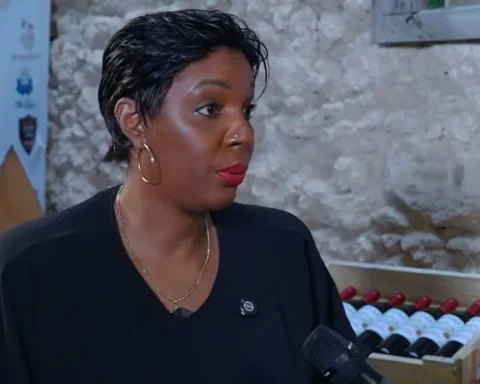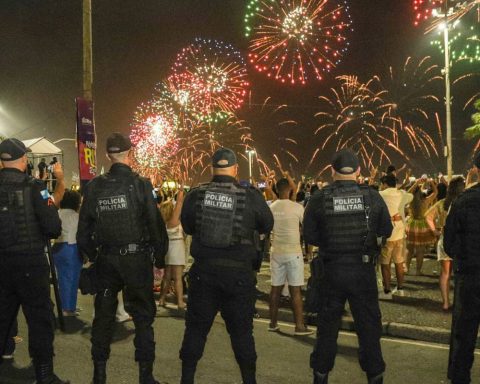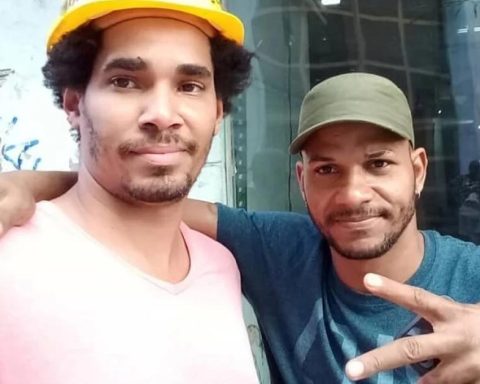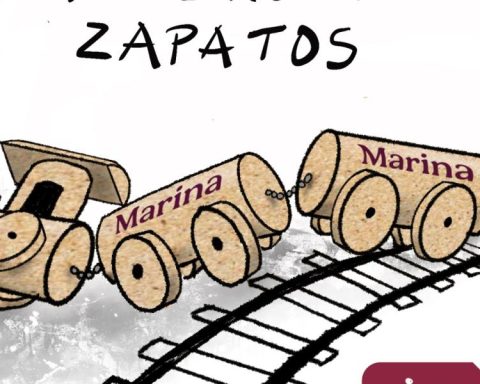Havana Cuba. – The acts of homage that take place in Cuba to celebrate the centenary of the birth in 1923 of the painter Servando Cabrera Moreno this year are another example of the manipulation and appropriation by the Castro regime of the work of prestigious artists and writers who were victims of the so-called “cultural policies of the revolution”.
Despite being one of the most revered Cuban painters by critics and collectors, only a few years ago Servando Cabrera began to enjoy the recognition of official culture.
Starting in 1959, already the author of a prolific work, Cabrera dedicated a large part of his painting to the subject of the Revolution, giving it an epic character by reflecting its protagonists: bearded and virile peasants and militiamen.
The works of this stage were exhibited at the end of 1961 at the Museum of Fine Arts, and in the series “Heroes, riders and couples”, which was exhibited in 1964 at the Galería de La Habana.
After inclining towards expressionism in the second half of the 1960s, around 1970, in addition to the series of Havana girls, faces of guerrillas and young people wearing guano hats, he dedicated himself to erotic painting.
His painting, very sensual when it showed male bodies, although it was not yet openly homoerotic, aroused suspicion and resentment among the curators who ensured the moral and ideological purity of revolutionary art.
First they expelled him, for being homosexual, from his position as a professor at the San Alejandro Academy. From that time, the painter Flavio Garciandía comments: “The first victims were his students, since they were prohibited from having any relationship with him.”
Starting in 1971, during the Gray Decade, Servando Cabrera, despite his alignment with the regime, for being homosexual, as was the case with the painter Raúl Martínez, was parameterized and ostracized.
A few years before his death, which occurred in 1981, Servando Cabrera, who lived in poverty, was allowed to give drawing classes to children at the Casa de la Cultura de La Víbora.
The artists and writers retaliated in the 1970s for ideological reasons or because of homophobia as a State policy, when the regime has seen fit to rehabilitate them, none of them —not even those who have been awarded national prizes— He has apologized to them. Nor has it been recognized that they were victims of repressive acts carried out not by “some extremists”, as they want to make us see, but as part of a State policy originated by Fidel Castro’s June 1961 speech “Words to the Intellectuals” and that it reached its maximum expression after the Congress of Education and Culture, in 1971, during the Gray Decade.
When the regime rehabilitates those writers and artists who for decades were excluded from the nation’s cultural heritage, what it seeks is to appropriate their name and their work.
The alleged rescues and reinsertion into official culture of the hundreds of artists and writers who were retaliated against and excluded for decades have political and ideological purposes. They want to sell an opening image that does not exist and will not exist as long as Castroism and its followers remain in power.
The exhibition “Memory of the erased”dedicated to Servando Cabrera and which was inaugurated on June 7 at the National Museum of Fine Arts, is nothing more than another hypocritical attempt to cleanse the face of the regime, so that we forget the repression, the humiliations, the shattered lives, the aberrational attacks committed and that are still being committed against the freedom of expression and artistic creation.
OPINION ARTICLE
The opinions expressed in this article are the sole responsibility of the person who issues them and do not necessarily represent the opinion of CubaNet.
